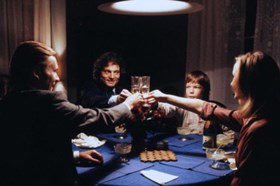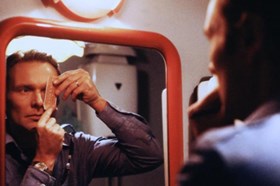The Glass Cell 18
Hans W. Geissendörfer belonged to the same generation of filmmakers that started making films in the late-1960s and then went on to form the New German Cinema but is nowhere near as internationally famous as the likes of Wenders, Fassbinder and Herzog. He’s perhaps best known as the creator of Lindenstrasse, Germany’s longest-running soap opera, and for directing two feature-length adaptations of Highsmith novels - The Glass Cell (1978) and Edith’s Diary (1983).
Published in 1964, The Glass Cell tells of Philip Carter, an engineer who’s released from prison after serving time for a crime he didn’t commit only to have his life on the outside completely unravel. It was partly inspired by the author’s correspondence with a prison inmate who contacted her expressing admiration for an earlier novel, Deep Water. A significant portion of the book (almost half) is spent delineating the grimness of prison life: ’The riot was simply an ‘incident’ to Carter in an existence, a stream of time that seemed to him one continuous riot, rebellion and hatred’ Highsmith writes - we’re certainly far from the sunny landscapes of The Talented Mr Ripley here. In the film, the prison scenes - while similarly bleak - are limited to the opening credits but Geissendörfer very effectively has prison letters from Philip’s wife Lisa (Brigitte Fossey) read out on the soundtrack during shots of the protagonist on the streets of Frankfurt looking for work. As days turn to weeks, Philip finds himself troubled by the relationship between Lisa and his lawyer David (Dieter Laser) and this, together with his difficulty finding employment and his blackmailing by an old associate, leaves him in a troubled state of mind. Helmut Griem (Cabaret,The Damned) certainly has the look of a Highsmithian antihero and is perfectly cast in the lead role (he would no doubt have made a great Tom Ripley, too). Behind the camera, Geissendörfer calls upon key Wenders collaborators Robby Müller (cinematographer) and Peter Przygodda (editor), both of whom worked on The American Friend. Müller’s cityscapes in particular are worthy of mention alongside some of the greats of 70s US street cinematography such as Arthur J. Ornitz (Serpico, Death Wish).
- Director
- Hans W. Geißendörfer
- Country
- Germany
- Duration
- 93 mins
- Cast
- Bernhard Wicki, Brigitte Fossey, Helmut Griem
Explore
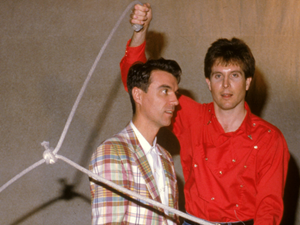
True Stories: narrative, music, and neurodiversity
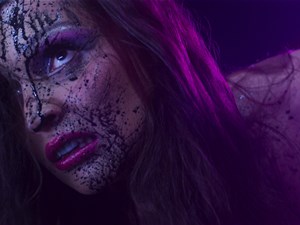
Beyond LGBTQ+ History Month at Showroom Cinema
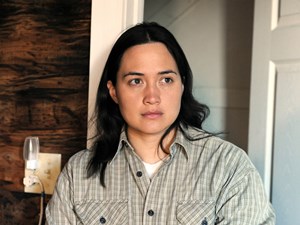
Women’s History Month: f-rated films at Showroom this March
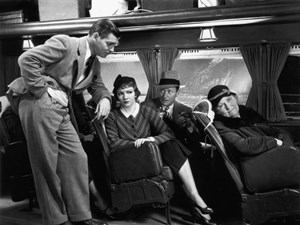
It Happened One Night: a Valentine’s classic celebrates 90 years

LGBTQ+ History Month 2024 at Showroom Cinema
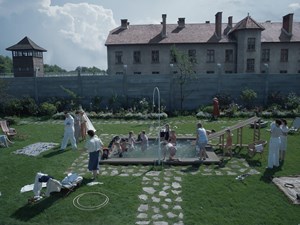
Zone of Interest review
